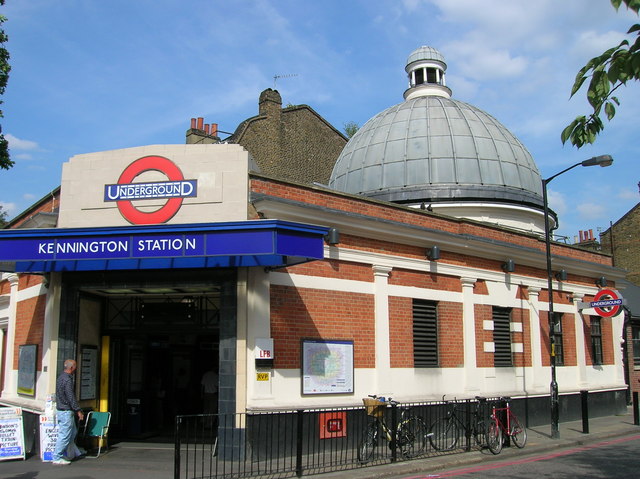T.P. Figgis on:
[Wikipedia]
[Google]
[Amazon]
 T. P. (Thomas Phillips) Figgis (1858–1948) was a British
T. P. (Thomas Phillips) Figgis (1858–1948) was a British  He undertook several commissions for the
He undertook several commissions for the
 T. P. (Thomas Phillips) Figgis (1858–1948) was a British
T. P. (Thomas Phillips) Figgis (1858–1948) was a British architect
An architect is a person who plans, designs, and oversees the construction of buildings. To practice architecture means to provide services in connection with the design of buildings and the space within the site surrounding the buildings that h ...
working in the late 19th and early 20th centuries. His work included private houses as well as public buildings.
T. Phillips Figgis was the second son of Thomas Gilbert Figgis from Dublin, Ireland, and his wife Margaret Phillips.
Some of his best-known works are the original station buildings for the City & South London Railway
The City and South London Railway (C&SLR) was the first successful deep-level underground "tube" railway in the world, and the first major railway to use electric traction. The railway was originally intended for cable-hauled trains, but owin ...
(C&SLR, now part of London Underground
The London Underground (also known simply as the Underground or as the Tube) is a rapid transit system serving Greater London and some parts of the adjacent home counties of Buckinghamshire, Essex and Hertfordshire in England.
The Undergro ...
's Northern line
The Northern line is a London Underground line that runs between North London and South London. It is printed in black on the Tube map. It carries more passengers per year than any other Underground linearound 340million in 2019making it the bu ...
) which opened in 1890. Figgis designed the stations at Stockwell
Stockwell is a district located in South London, part of the London Borough of Lambeth, England. It is situated south of Charing Cross.
History
The name Stockwell is likely to have originated from a local well, with "stoc" being Old Englis ...
, Oval
An oval () is a closed curve in a plane which resembles the outline of an egg. The term is not very specific, but in some areas of mathematics (projective geometry, technical drawing, etc.), it is given a more precise definition, which may inc ...
, Kennington
Kennington is a district in south London, England. It is mainly within the London Borough of Lambeth, running along the boundary with the London Borough of Southwark, a boundary which can be discerned from the early medieval period between th ...
, Elephant and Castle
Elephant and Castle is an area of South London, England, in the London Borough of Southwark. The name also informally refers to much of Walworth and Newington, due to the proximity of the London Underground station of the same name. The n ...
and Borough
A borough is an administrative division in various English language, English-speaking countries. In principle, the term ''borough'' designates a self-governing walled town, although in practice, official use of the term varies widely.
History
...
. When the C&SLR was extended, he later designed a station at Clapham North and the station and C&SLR's offices at Moorgate
Moorgate was one of the City of London's northern gates in its defensive wall, the last to be built. The gate took its name from the Moorfields, an area of marshy land that lay immediately north of the wall.
The gate was demolished in 1762, but ...
. Most of Figgis's buildings for the C&SLR have been replaced or substantially altered; only Kennington (with minor alterations) and Moorgate remain.
Other railway buildings he designed included the four new stations on the Meon Valley Railway
The Meon Valley Railway was a cross-country railway in Hampshire, England, that ran for 22 miles (36 km) between Alton and Fareham, closely following the course of the River Meon. At its northern (Alton) end, it joined with the Alton L ...
. He undertook several commissions for the
He undertook several commissions for the Presbyterian Church of England
The Presbyterian Church of England was a late-19th-century and 20th-century Presbyterianism, Presbyterian denomination in England. The church's origins lay in the 1876 merger of the English congregations of the chiefly Scottish United Presbyterian ...
, including St Columba's Church, in Alfred Street
Alfred Street is a street running between the High Street, Oxford, High Street to the north and the junction with Blue Boar Street and Bear Lane at the southern end, in central Oxford, England.
, Oxford (now a United Reformed Church
The United Reformed Church (URC) is a Protestant Christian church in the United Kingdom. As of 2024 it had approximately 44,000 members in around 1,250 congregations with 334 stipendiary ministers.
The URC is a Trinitarian church whose theolog ...
), an extension to St Paul's Church, Isle of Dogs
The Isle of Dogs is a large peninsula bounded on three sides by a large meander in the River Thames in East London, England. It includes the Cubitt Town, Millwall and Canary Wharf districts. The area was historically part of the Manor, Haml ...
, and St Ninian's Church, Golders Green
Golders Green is a suburb in the London Borough of Barnet in north London, northwest of Charing Cross. It began as a medieval small suburban linear settlement near a farm and public grazing area green, and dates to the early 19th century. It ...
(now a Hindu temple).
He was the architect of Stotfold
Stotfold is a town and civil parish in the Central Bedfordshire district of Bedfordshire, England. The town covers and the River Ivel passes through the town. The population of the parish at the 2021 census was 9,014. The wider built-up area ...
, a 1907 listed Arts & Crafts house in Bickley, Kent.
References
{{DEFAULTSORT:Figgis, T.P 1858 births 1948 deaths Architects from Dublin (city) British railway architects Transport design in London People associated with transport in London British people of Irish descent